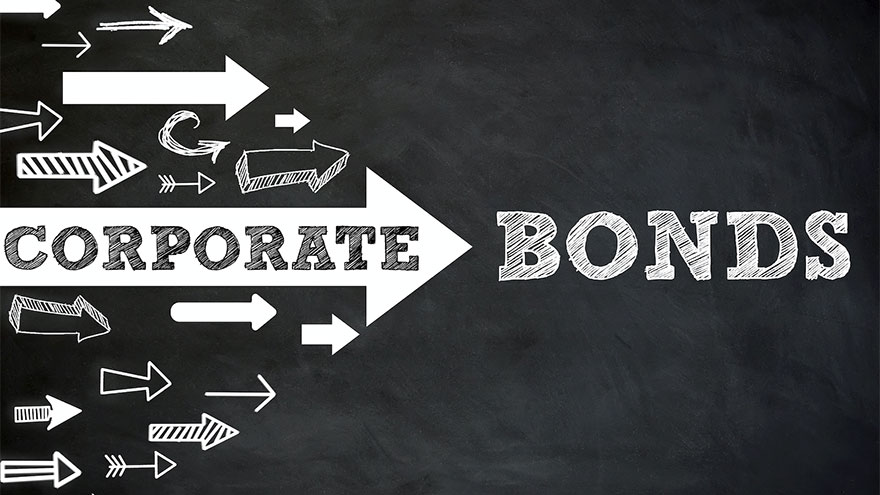How to Find the Value of Corporate Bonds
Corporate bonds are debt securities issued by companies to borrow money. Each bond has a par value which is usually $1,000 or $5,000. However, corporate bonds are traded like stocks and the actual value is determined by market forces.
Finding the current value of corporate bonds can be tricky because there are few bond listings similar to the daily price quotes for exchange-traded stocks. This is made more complicated by the fact that bond prices are not quoted in dollar amounts but as percentages of par value.
3 Steps to Find the Value of Corporate Bonds

1. Determine the par value of the bond.
You can find the par value stated on the bond itself.
2. Look up the price of the bond.
Your broker can do this for you, but most brokerage firms provide online bond lookup tools for account holders.
Alternatively, you can use a free access bond lookup tool such as the one provided by Yahoo Bond Center. The price will be listed as a percentage that looks something like 95.0 (meaning the bond is trading at 95 percent of par value).
3. Multiply the par value by the current price quote to calculate the value of corporate bonds.
For example, if you have a $5,000 bond and it is listed at 96.5 percent, multiply 96.5 percent times $5,000 to find the value. For this example, the value works out to $4,825.
Tips and Warnings
- When a bond price is less than par, the bond is said to be at a discount. If the bond price is more than the par value, the bond is at a premium.
- Typically, corporate bond prices go up or down as interest rates fluctuate over time or if the credit standing of the issuing corporation changes.
- Corporate bond prices get close to par value as the bond approaches maturity. This is because the company must redeem the bond at par and there isn’t enough time for interest rates or other market forces to change enough to affect your long-term return.
You Might Also Like :: How to Compute the Yield on Semiannual-Paying Corporate Bonds

